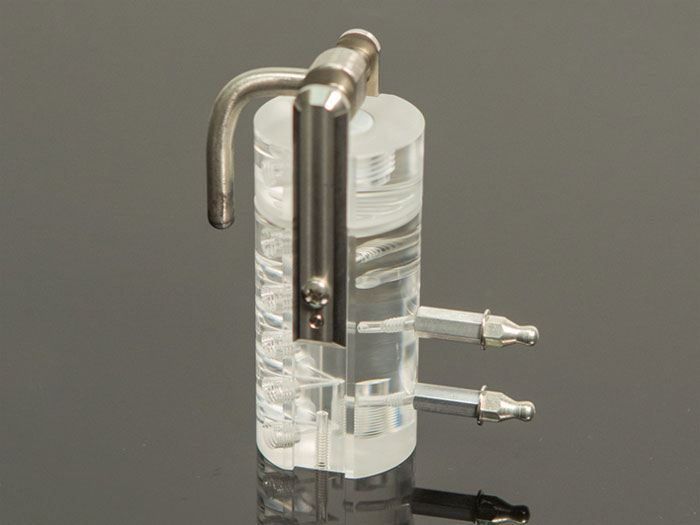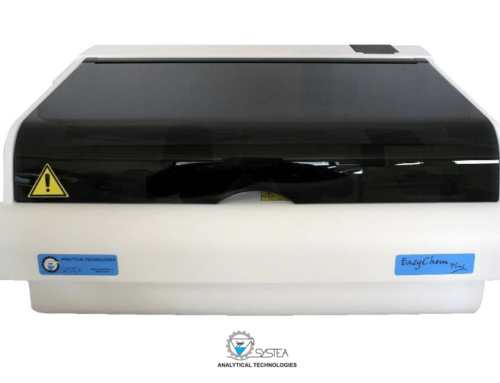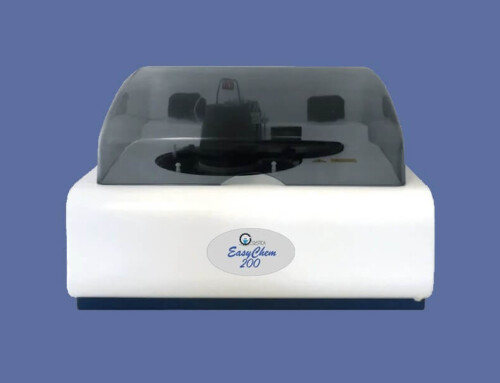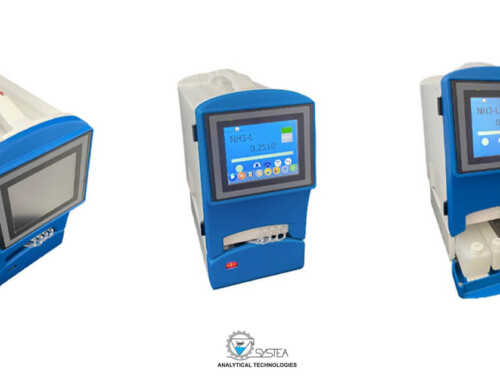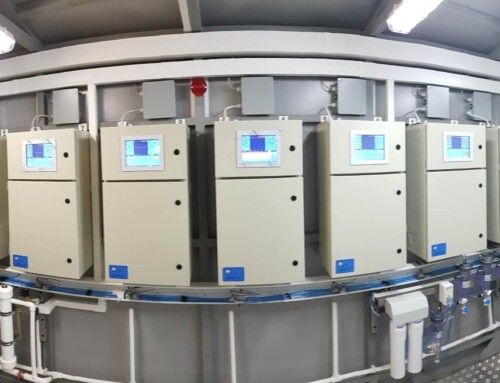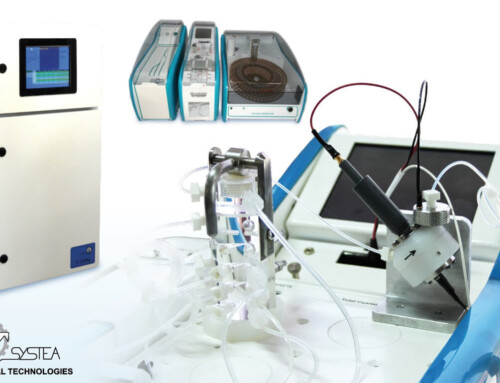Sample line tubing and connections need more attention with Gas Diffusion Chemistries
The gas diffusion methods for analyzing Ammonia, Total Keldahl Nitrogen and the various species of Cyanide have produced a few specific problems not normally seen on classic colorimetric chemistries run on an autoanalyzer. Due to the precise nature of the gas passing across the membrane, it is very important that there are no problems in the sample pathway directly from the vial all the way to the bottom of the gas diffusion module (GDM) where the transfer of the gas occurs into the receiving solution.
In the older method of Cyanide and NH3/TKN, the operators would manually distill the sample and then just run that product directly into the colorimetric cartridge. This configuration had a fair amount of slop that could exist in the tubing, connections and various fittings since all of the sample itself mixed with the reagents and formed the peak. The errors, toxic chemicals and labor involved in manual distillation resulted in the need for an improved form of analysis where the NH3 and CN gas is transported across the membrane as a gas distillate producing an immediate result.
I have installed many of the gas diffusion methods and have yet to see an operator long for the old days of manual distillation since now they can run the sample directly for a huge savings of time and materials as well as much lower detection limits. We have noticed that a couple labs set up and run the system and see great results initially, but after some time start to see some reproducibility issues and/or failing CCVs throughout the run. At first, we focused on the normal things like life of pump tubes, membranes, reagents, surfactant etc. In a few cases though, none of these made any difference even after significant troubleshooting which led to further scrutiny of every aspect of the system.
What we found is that the pathway from the sample vial, sampler probe, tubing, connections, valve (if present) and connection into the GDM are critical to good reproducibility. We have also seen results improve dramatically when tubing that looks fine visually is replaced. Replacing connections that have a buildup of material from nasty sample matrix or algae also immediately improved these types of problems.
Another system had a nut/ferrule connection between the sampler and the pump (dilutor) and when flanged fittings where used the problem went away immediately. We believe that all these issues share one common characteristic – they interfere with the smooth flow of the sample from the sample vial to the bottom of the GDM where the transfer occurs. If there is a bad connection or worn tubing then these issues have much more of an impact on the gas diffusion method. This was not as big of an issue with autoanalyzer operation in the past so we are seeing operators overlooking this part of the system.
In conclusion, this method saves tons of time, money, materials and toxicity. I believe it is well worth it to spend a little bit of time and slightly increase the maintenance on the sample path to the GDM to keep perfect results flowing.


